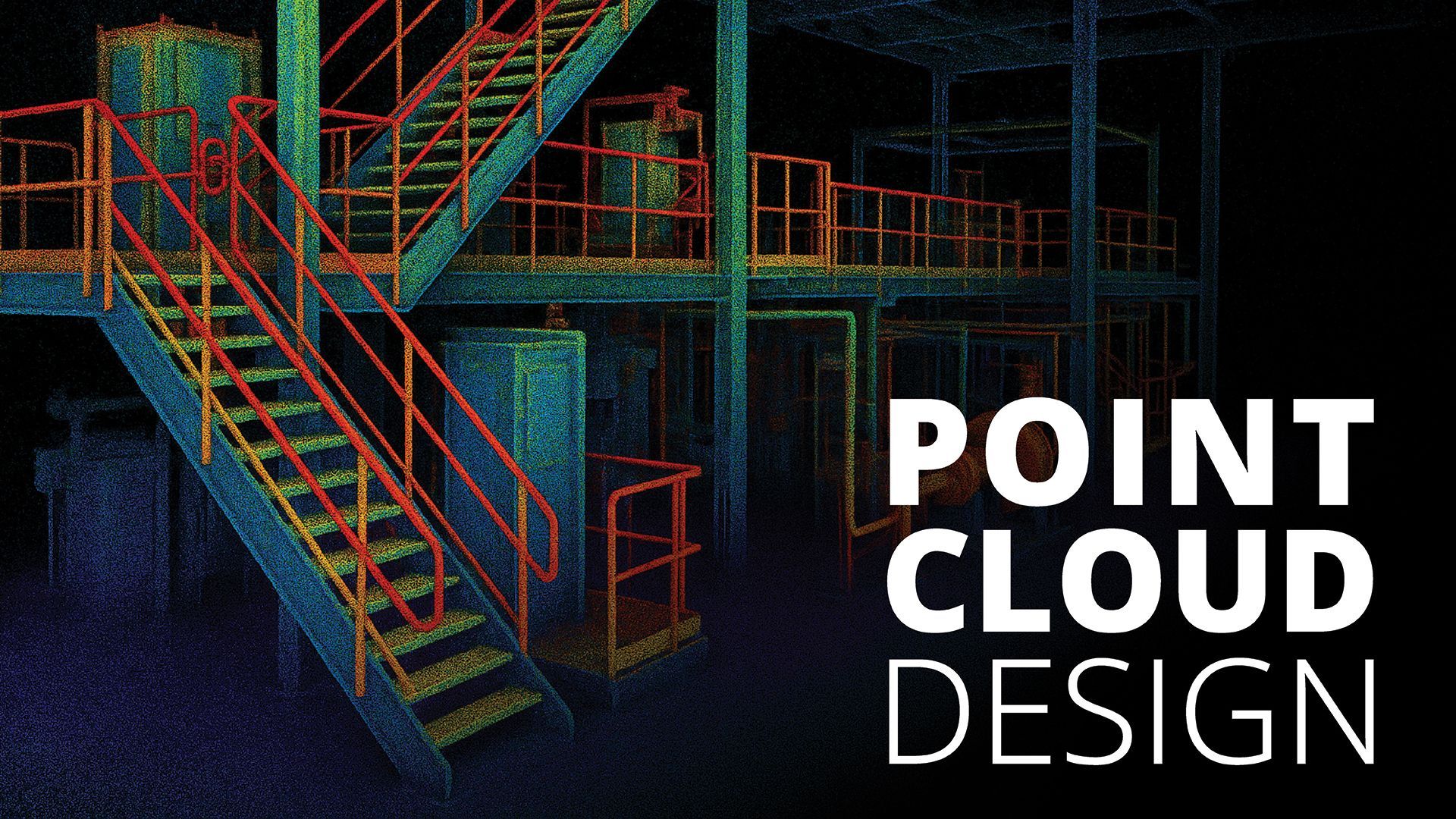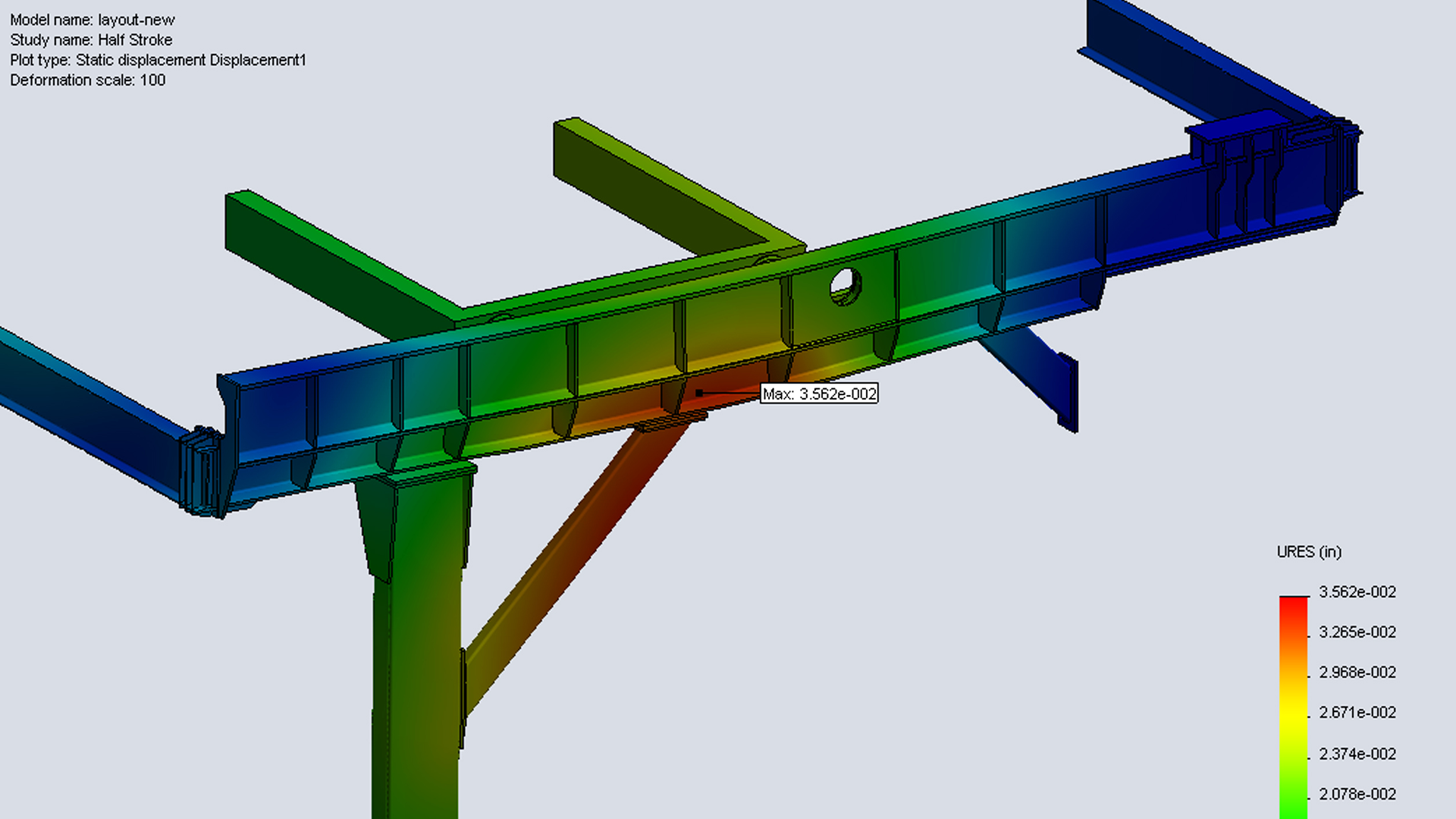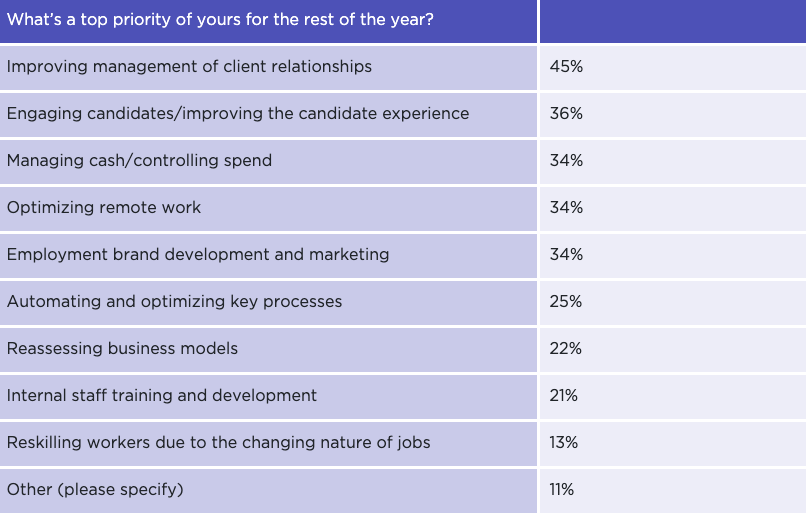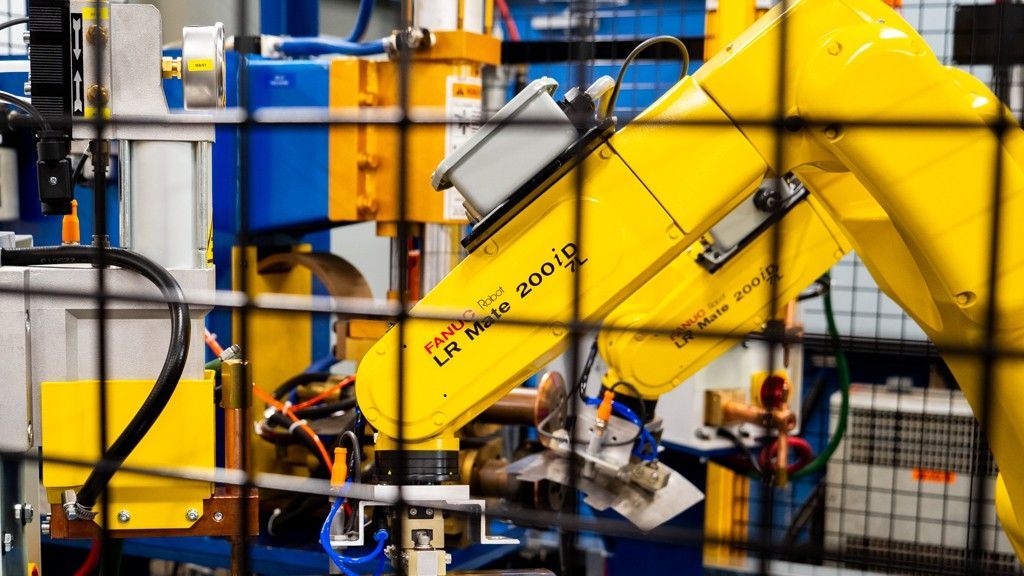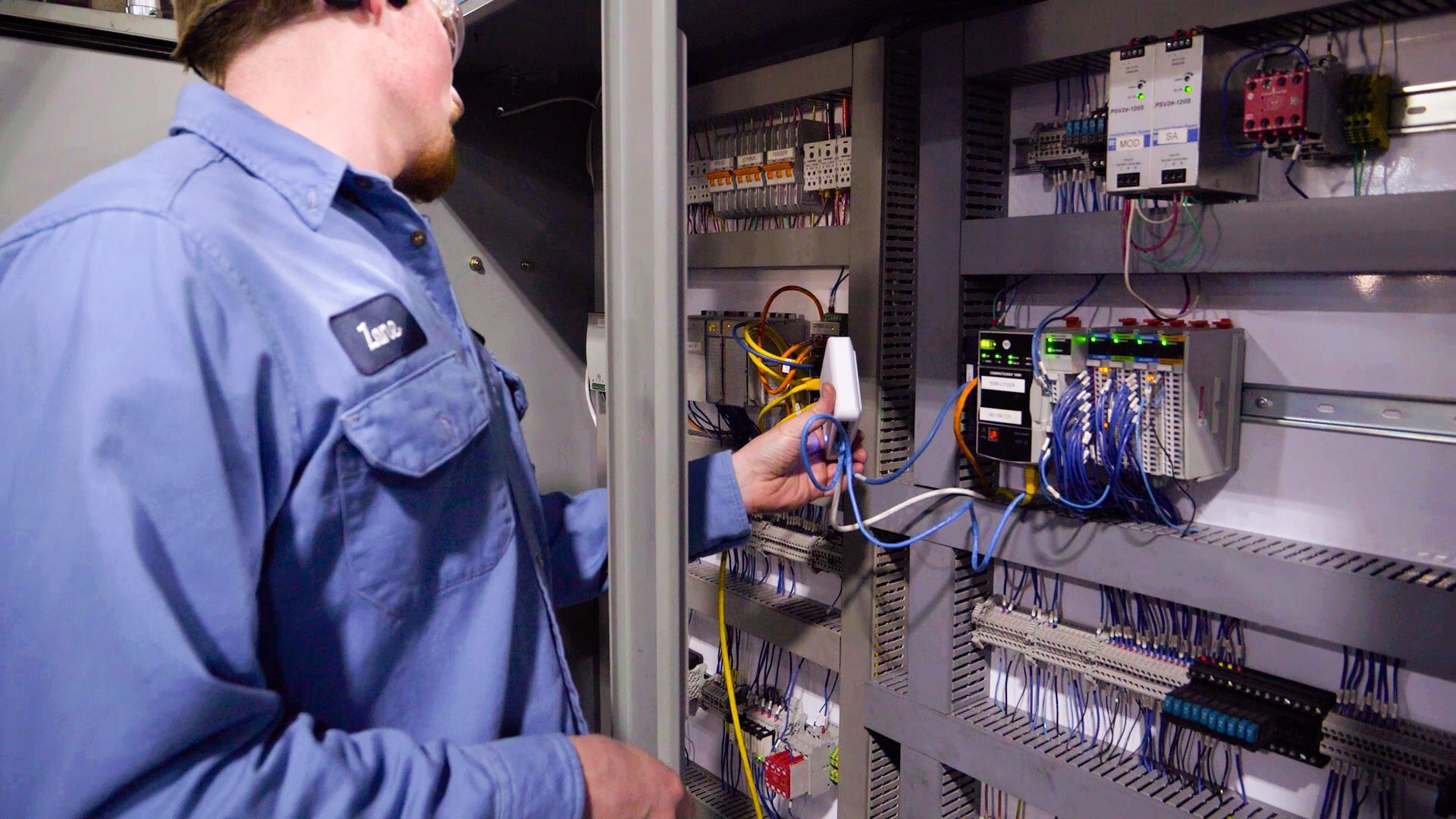4 Staffing and Recruiting Trends to Consider in 2020 and 2021
by Bob McHugh on August 31st, 2020

Little could have prepared your staffing business for 2020, but thankfully, this isn’t the case as we look towards the remainder of the year and onto 2021. Bullhorn surveyed hundreds of staffing professionals at the beginning of 2020 and again in the midst of the COVID-19 crisis to discover the outlooks, priorities, challenges, and staffing trends impacting the industry. Are your priorities and challenges aligned with those of your peers? Are there any opportunities to differentiate yourself from the competition or weak spots you need to address?
Here are staffing trends for 2021 (and the rest of 2020) to keep in mind as you make decisions about the future of your business:
- Staffing and recruiting pros are optimistic about the future
- Clients are priority number one
- DEI is a business imperative
- Remote work is here to stay
Staffing and recruiting pros are optimistic about the future
2020 has been an incredibly challenging year for staffing firms, leading to layoffs and business closures, but respondents are largely optimistic for the rest of 2020 and for 2021. However, the majority of respondents in the GRID 2020 COVID-19 Staffing Industry Impact Survey reported that they expected the economy and business performance to improve in the second half of 2020.
And it should be noted that while the staffing industry as a whole has struggled in the midst of the pandemic, a full 30 percent of respondents said business performance since the start of the COVID-19 crisis has improved or stayed the same compared to Q2 of 2019.
But even when you account for the fact that many businesses have weathered the storm, there is little correlation between business performance so far this year and expectations for the future. For example, respondents at staffing firms that saw performance improve and respondents at those that saw a downturn by more than 30 percent shared the same opinion on when the economy would improve — slightly more than half said it would happen in the remaining six months of 2020.
The takeaway: staffing firms are expecting big things for 2020 and 2021, so don’t expect competition to soften anytime soon. Invest your resources wisely to deliver the best possible experience to candidates and clients; your competitors certainly will be.
Clients are priority number one
The staffing industry has always been about relationships, but the emphasis on which relationships firms prioritize has shifted this year. Going into 2020, candidate acquisition was the top priority, as it was in 2019 and 2018. This was largely (but not exclusively) connected to the talent shortage, the top challenge for staffing firms.
However, as the unemployment pendulum swung from historic lows to historic highs in the midst of COVID-19, a talent shortage is not the challenge it was heading into the year. Client relationships (the number-two priority heading into 2020) are now firmly the top priority for firms, as businesses struggle to win new clients and maintain existing clients in a shifting landscape.
But that’s not to say, that candidates don’t matter. In fact, candidate engagement and improving the candidate experience are still the second-most important goal for firms since the COVID-19 crisis, ahead of other important priorities like managing cash flow. Ultimately, focusing on relationships is still a winning business strategy in this landscape and any other.
DEI is a business imperative
The staffing industry, like the rest of the workforce, has always faced challenges related to DEI (Diversity, Equity, and Inclusion) and 2020 is no exception. Our 2020 Global Recruitment Insights and Data report revealed that only 28 percent of firms have a person of color in any leadership position (and of those, only 5 percent are women of color). Furthermore, only 16 percent of all leaders in the industry are people of color, despite representing nearly double that in terms of workforce practitioners (30 percent).
One thing that has changed in 2020 is the global spotlight on inequality and inequity. As a result, staffing and recruiting businesses are taking steps to address DEI challenges in the industry. One important note to keep in mind: incorporating DEI into the workplace isn’t just the right thing to do, it’s better for your business. Two-thirds of staffing professionals say diverse organizations are more effective than their counterparts.
Remote work is here to stay
Before COVID-19, a number of agencies operated remotely, but remote adoption wasn’t widespread throughout the industry. Of course, the pandemic necessitated remote recruiting and the use of remote technology: 91 percent of staffing pros have adopted (or increased use) of video interviewing or video conferencing solutions since the start of the COVID-19 crisis.
But don’t expect remote work or remote technology to go away when it is no longer a pandemic-related necessity. The majority of staffing professionals expect the increase in remote jobs and remote recruiting to be permanent post-COVID-19.
